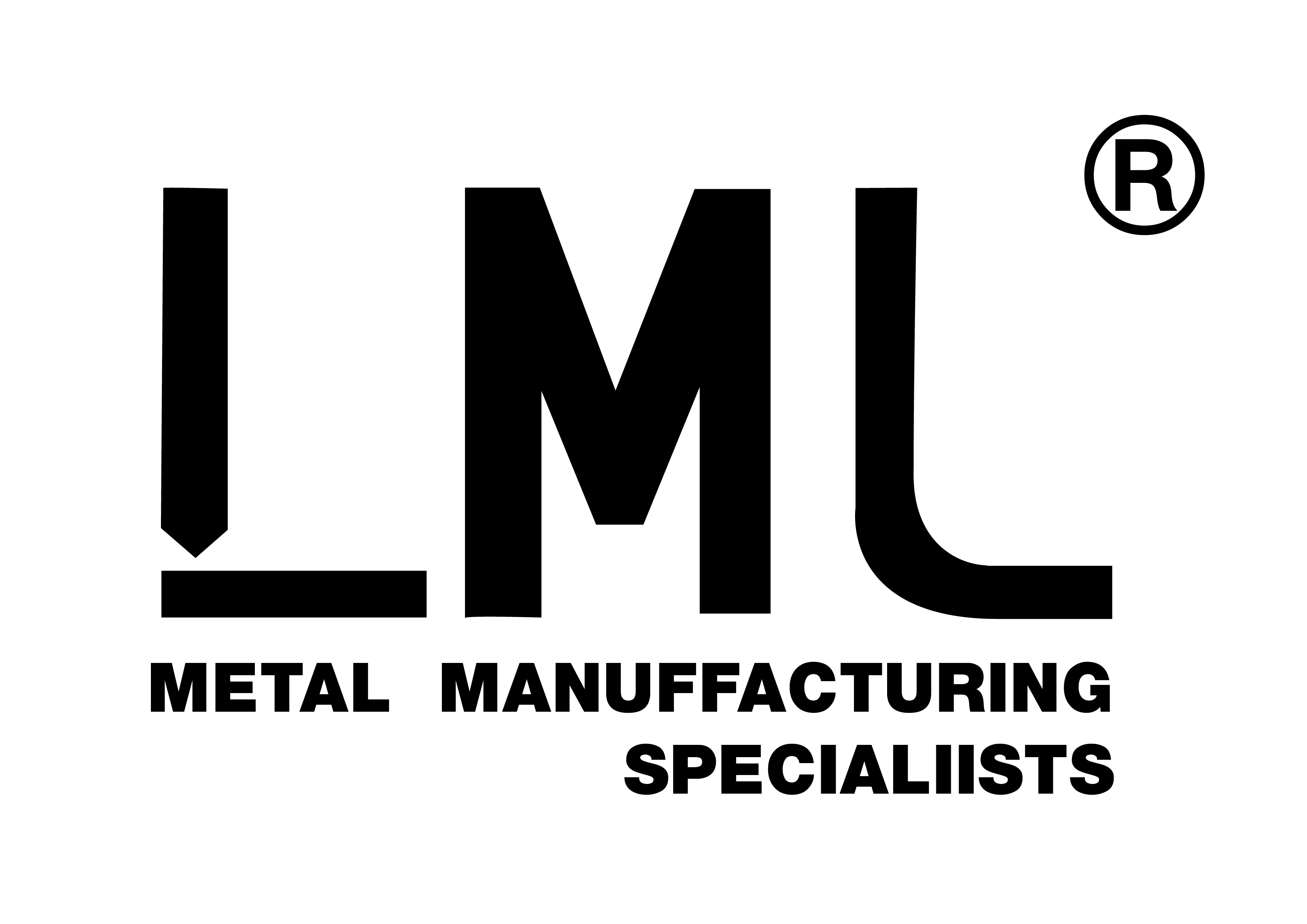PVD vs. Electroplating: A Simple Guide to Metal Coating Technologies
In the world of surface engineering, two prominent technologies dominate the landscape of metal finishing: Physical Vapor Deposition (PVD) and electroplating (often called "ordinary electroplating"). Both techniques apply thin layers of metal onto objects, but they achieve this through fundamentally different processes and yield distinct results. Understanding their differences is key to selecting the right coating for any application.
Fundamental Process Differences
The core distinction lies in their underlying mechanisms. Electroplating is an electrochemical process. It involves submerging the object (substrate) into a liquid solution containing dissolved metal ions (e.g., nickel, chrome, gold). An electric current is then passed through the solution, which causes the metal ions to be attracted to and deposited onto the substrate. This process can involve multiple layers to enhance protection and appearance.
PVD (Physical Vapor Deposition), is a physical process conducted under high vacuum conditions. It involves physically vaporizing a solid coating material (often titanium, zirconium, or chromium) using high energy in a vacuum chamber. The vaporized atoms then travel and condense on the substrate's surface, forming a thin, ultra-strong film. Common PVD techniques include evaporation, sputter deposition, and arc vapor deposition.
Coating Characteristics and Performance
The different processes lead to vastly different coating properties:
| Property | Electroplating | PVD Coating |
|---|---|---|
| Adhesion/Bond | Electrochemical bond, relatively weaker | Strong molecular bond, excellent adhesion |
| Coating Thickness | Thicker (e.g., 0.5 - 100 microns) | Thinner (e.g., 0.01 - 5 microns) |
| Hardness & Wear | Moderate wear resistance | High hardness, excellent wear and scratch resistance |
| Corrosion Resistance | Good, but can corrode or peel over time | Superior, even in harsh environments |
| Heat Resistance | Limited; may degrade under heat | High heat resistance |
PVD coatings are notably denser, harder, and more durable. They excel in applications requiring extreme resistance to wear, corrosion, and high temperatures.
Environmental Impact
A significant difference lies in their environmental footprint. Electroplating relies on chemical solutions that often contain hazardous substances. These processes generate chemical waste that requires careful treatment and disposal, posing higher environmental risks if not managed properly.
PVD is widely recognized as a more environmentally friendly technology. As a dry process happening in a vacuum, it does not involve hazardous chemicals or produce toxic wastewater, making it a cleaner alternative.
Applications and Economics
Each technology serves different market segments:
- Electroplating is cost-effective for high-volume production and is common for decorative finishes on jewelry, bathroom fixtures, and automotive trim, as well as for providing basic corrosion protection.
- PVD coating is often chosen for high-performance and premium applications. Its superior durability makes it ideal for cutting tools, surgical instruments, aerospace components, and luxury watch bezels. While the initial cost is higher, its longer service life and reduced maintenance needs can provide a better return on investment for demanding applications.
Conclusion
In summary, while both electroplating and PVD add metal layers to objects, they are vastly different. Electroplating is a well-established, cost-driven chemical process suitable for many decorative and protective uses. PVD is a more advanced, environmentally friendly physical process that creates exceptionally strong, durable, and high-performance coatings, making it the technology of choice for engineering and premium applications where longevity and performance are critical. The choice between them ultimately depends on the specific requirements for the product's function, aesthetics, environment, and budget.


